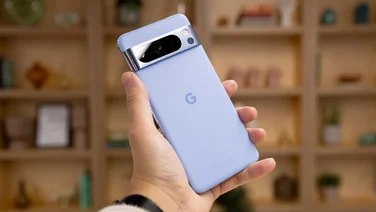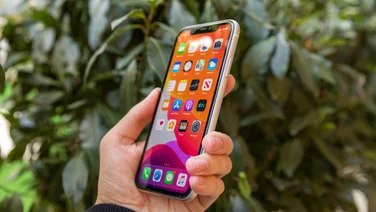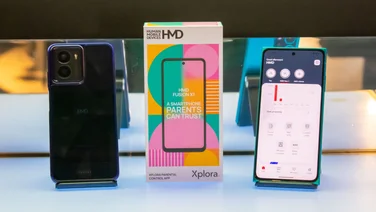To help us provide you with free impartial advice, we may earn a commission if you buy through links on our site. Learn more





The 858 Smart is another budget phone in Vodafone’s own-brand range, similar to the Vodafone 845, and it’s actually made by Chinese manufacturer Huawei, one of the world’s largest mobile manufacturers. Despite its low price, it runs Android 2.2 and has all the standard smartphone features such as GPS, Wi-Fi, Bluetooth and a capacitive touchscreen. Most impressive is the price: it’s only available on PAYG (Pay As You Go) at a bargain-basement £75.
Capacitive screens react to the touch of skin, and so are much more responsive than resistive screens that require pressure, such as that found on the 845. However the 858, like the 845 before it, has a 2.8 screen with a 240×320 resolution, so it feels quite cramped. You’ll notice this most in apps that require typing, because the keyboard instantly takes up two thirds of the screen.

The screen’s low resolution – the same as that of the Samsung Galaxy Fit – also means image quality is poor, with obvious pixellation in photos and ragged text. The 858 doesn’t pretend to be a multimedia powerhouse in any case; its 2-megapixel camera isn’t even as good as the 3.2-megapixel snapper on the older 845. Photos weren’t as bad as we’d expected, but were still noisy with poor focus, and videos were jumpy.

Android 2.2 has much needed speed improvements over 2.1, but doesn’t include the easier cut-and-paste mechanic that you’d get with 2.3. Despite this, the 858’s 528MHz processor still struggles to keep up if you’ve got a few apps open. It couldn’t run the Quadrant benchmark as it lacks a powerful enough graphics chip. Browser performance was poor – the handset’s result in the SunSpider JavaScript test was more than ten times slower than the latest dual-core phones.
Another problem is the limited 130MB internal storage space – 30MB less than the Galaxy Fit’s. While some apps support being stored on a memory card, they still use some of the internal memory and you’ll soon find yourself running out of space. This is a shame, as Android’s major benefit is the wealth of apps in the Market. A battery life of just over 19 hours in our light-usage test is only average for a single-core phone.
Sadly, touch-sensitive shortcut keys are becoming more prevalent on handsets – gone is the handy optical trackpad/button from the 845. Instead, you get touch-sensitive controls for the four common Android functions – Home, Menu, Back and Search. The phone is lightweight and completely cased in plastic, but feels well made.

Thankfully, Vodafone has resisted customising the operating system to excess, and you’ll only find a couple of Vodafone apps installed. There’s a Music Shop, which lets you listen to 30 second clips and buy a selection of pop tracks for 99p each, and a separate Shop app with a selection of apps – but we couldn’t see much advantage in using this instead of the Android Market. The only really useful extra app is the Vodafone PAYG Manager, which lets you check your balance and top up with a voucher.

Vodafone has also installed a few 3rd-party apps, including a file manager, office document viewer and a keyboard app called Touchpal, which replaces the standard Android keyboard. Its only advantage seems to be that it takes up slightly less vertical space, but it wasn’t as easy to use as the native keyboard.
You can design your own customised back cover for the Smart for about £12, which may appeal to teenagers after their first smartphone. Busy adults, though, will find its small screen, limited app space and under-powered processor frustrating. If you’d like a phone on prepay, the Samsung Galaxy Fit feels faster and has a larger screen, and is well worth the extra £25.




